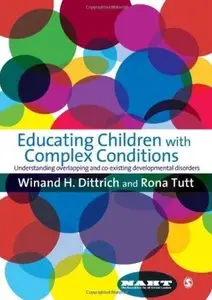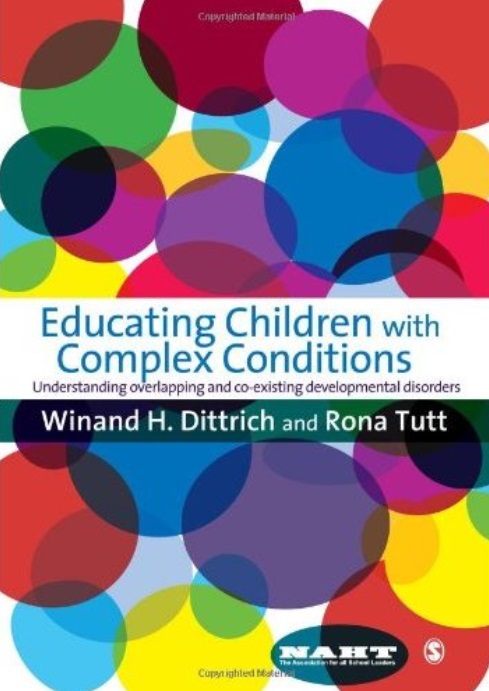Winand H Dittrich, Rona Tutt - Educating Children with Complex Conditions: Understanding Overlapping and Co-existing Developmental Disorders
Published: 2008-09-18 | ISBN: 1847873170, 1847873189 | PDF | 128 pages | 3 MB
'Many have tried but few have succeeded in bringing together the varying threads of special educational needs into a concise and proactive format. I know, having tried and failed myself. Here at last Dittrich and Tutt have created a fascinating account of the current SEN world and have succeeded, in my opinion, in demystifying and explaining the significance of specific SEN terms, while illustrating that overlap is more the norm than the exception. Well researched and written with both clarity and experience, the authors stress that there really is no such thing as a SEN child, but that some children are in essence more interesting in their learning and behaviour style than others' - Fintan O'Regan, Author and Consultant.There are growing numbers of children displaying the symptoms of more than one condition or disorder, and this has led to those involved in education needing to understand which conditions commonly overlap or co-exist, and how to meet children's more complex needs.By bringing together some of the latest research on how the brain learns with what is known about identifying developmental disorders that appear to have a common biological basis, this book covers: what is known about a common group of disorders, (including ADHD, autistic spectrum disorders, dyslexia, dyscalculia and dyspraxia); how to recognise when a child may have more than one condition; and, what teaching approaches and strategies might be most relevant.
Written in a non-technical style, the book blends together scientific knowledge from different disciplines and translates it into practical terms for school leaders, practitioners in the field of special educational needs and disabilities, and students following courses in higher education.



